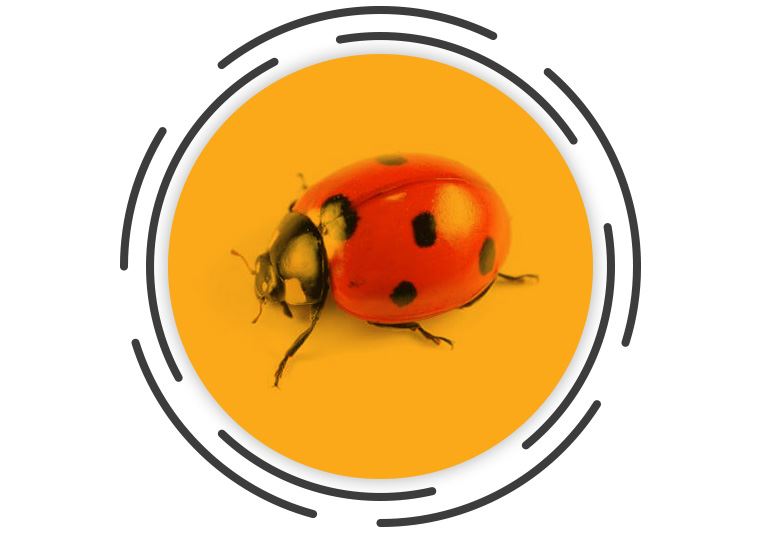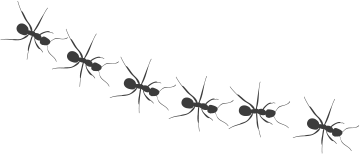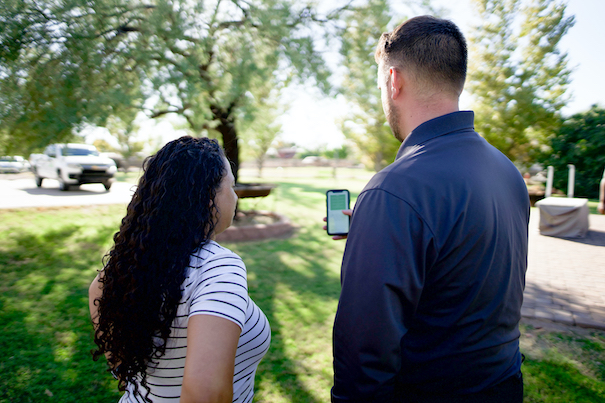ladybugs
live better.
live pest free.
ladybugs control
Ladybugs, sometimes also called lady beetles, are a species of insect with brightly-colored wing covers that are often a shade of red or orange with black spots. Ladybugs are generally a beneficial insect, as most of them are carnivorous and predators of aphids, scales and other juice-sucking plant parasites.
Ladybugs are a form of natural pest control, capable of eating thousands of plant parasites over their lifetime! One ladybug can eat as many as 5,000 aphids over the course of its lifetime! This is why many gardeners and farmers purchase live ladybugs in packages to put on or around their plants and help reduce harmful parasites.
While ladybugs are not generally harmful, they can become pests in the fall when they enter human homes looking for a safe place to stay through the winter.


pest activity
In the United States, ladybugs are only considered pests when they get inside human homes:
- Ladybugs will crawl all over any indoor surface such as walls, windows or lights.
- They don’t eat anything indoors, and they can’t reproduce inside.
- They also do not carry any diseases.
- When present in large numbers they have been reported to bite, but they are not poisonous and this is not common.
all the proof. you need
top rated in all our service areas



physical characteristics & life cycle
When most people think of ladybugs, they think of small red beetles with black spots. However, there are over 6,000 different kinds of ladybugs around the world, many with completely different coloring. For instance, one species has white spots on a brown background.
Ladybugs go through a complete metamorphosis as they develop into adults:
- Eggs: Eggs are small, cylindrical ovals that are often a tan or yellowish color. Eggs are generally laid close to aphids, scales or other prey so that the larvae will have food when they hatch. Often, some sterile eggs will be laid along with the active, viable eggs so that the newly-hatched larvae can eat them. Eggs normally hatch within 3-4 days.
- Larvae: Larvae of predatory species are also predators. They have a distinctive aggressive appearance with a wide head and body and bright colors such as blue and yellow. Larvae go through a series of growth stages over a 1-2 week period and then pupate to become adults.
- Adult: Most adults are predators of plant parasites, although some eat plants and can cause harmful crop damage themselves. Adult ladybugs can reproduce for the first time within several days of hatching. Many reproduce more than once over the course of their lifetime. The average lifespan of a ladybug is between 1-2 years.
what proof. professionals do to get rid of ladybugs
The best way to control a ladybug infestation is a regular application of insect repellant combined with a thorough exclusion to close up any potential ways inside for ladybugs looking for a place to shelter over the winter.
Our Pest Free Guarantee™ seasonal service covers ladybugs and more than 30 other pests, plus it includes service each season for true year-round protection.



